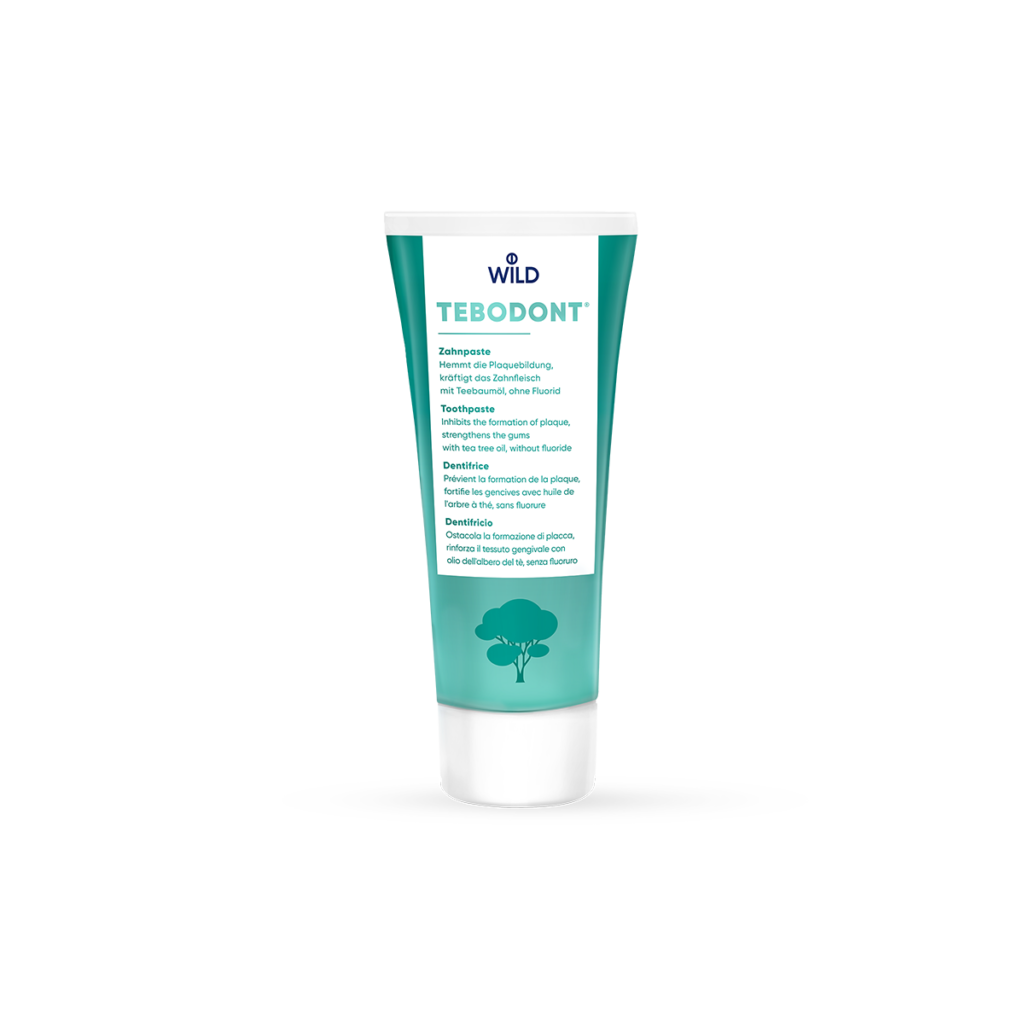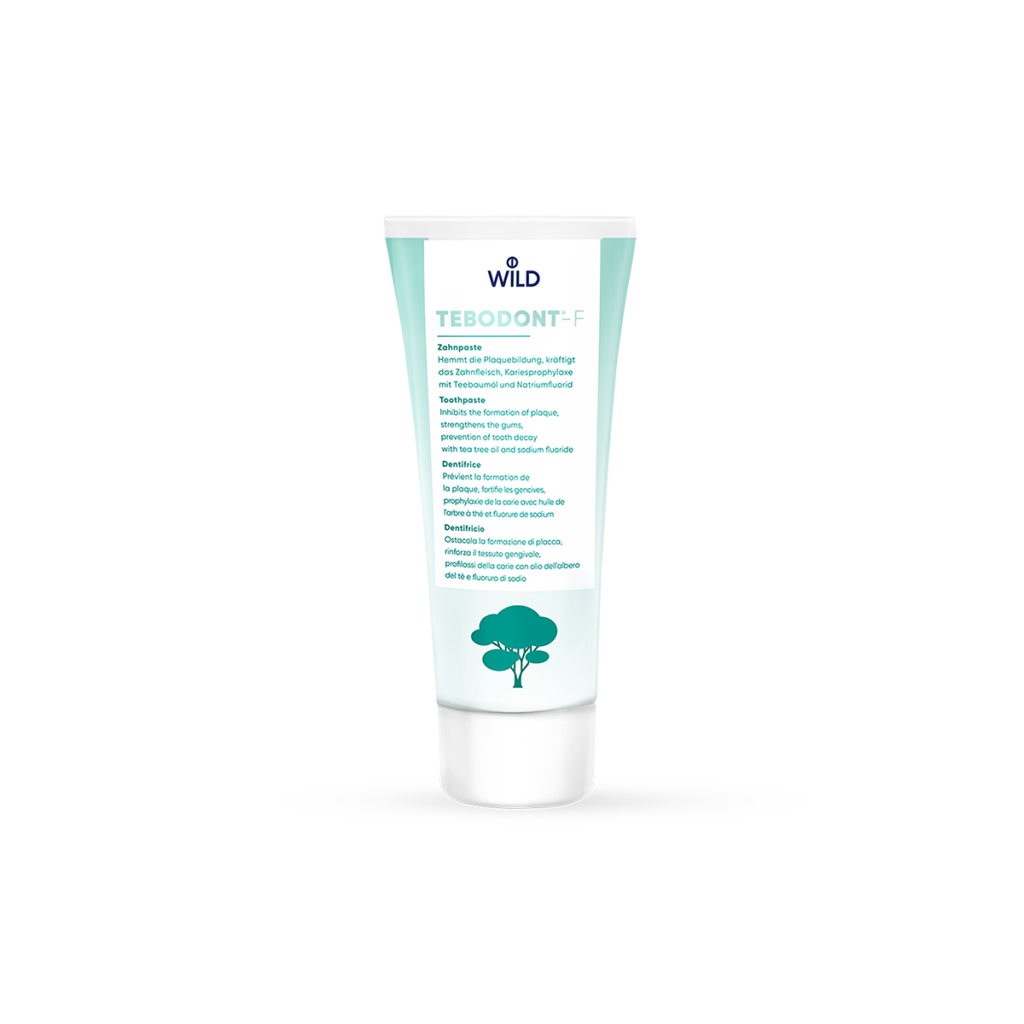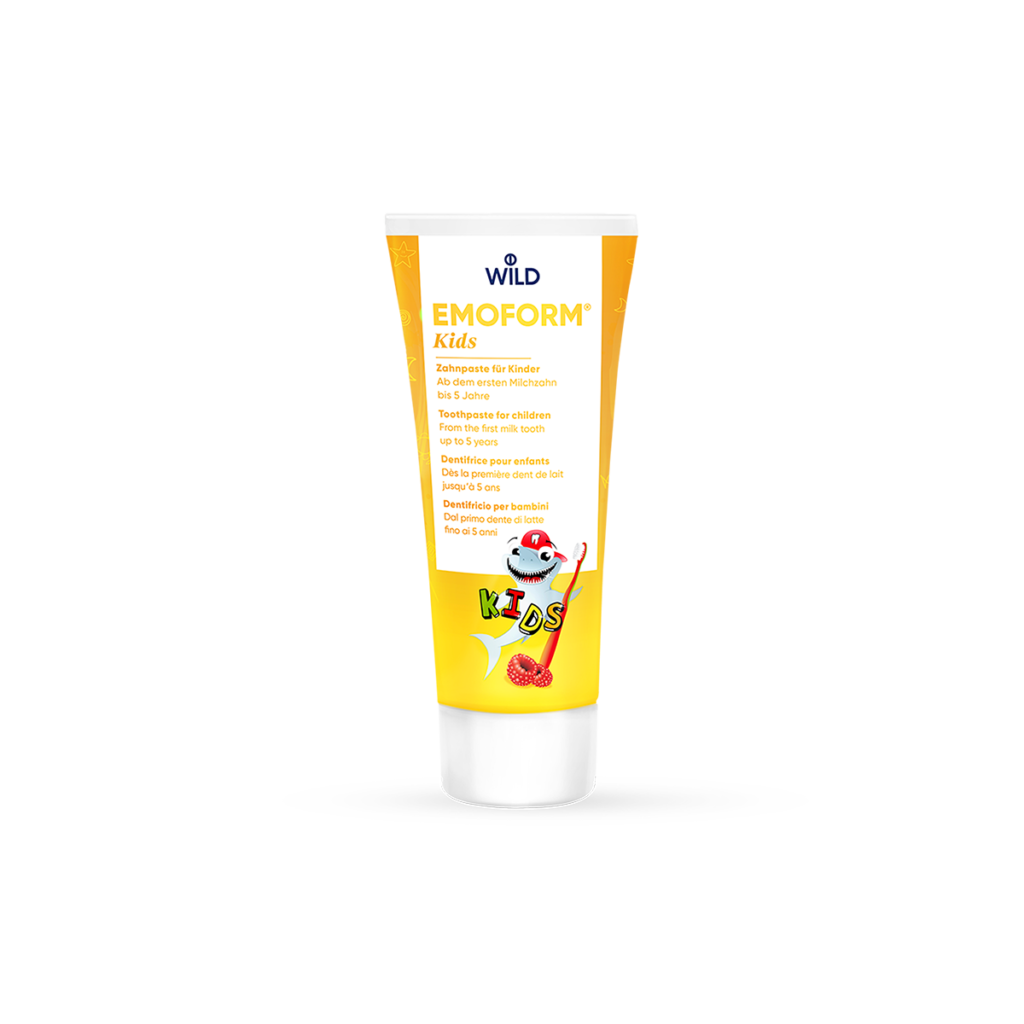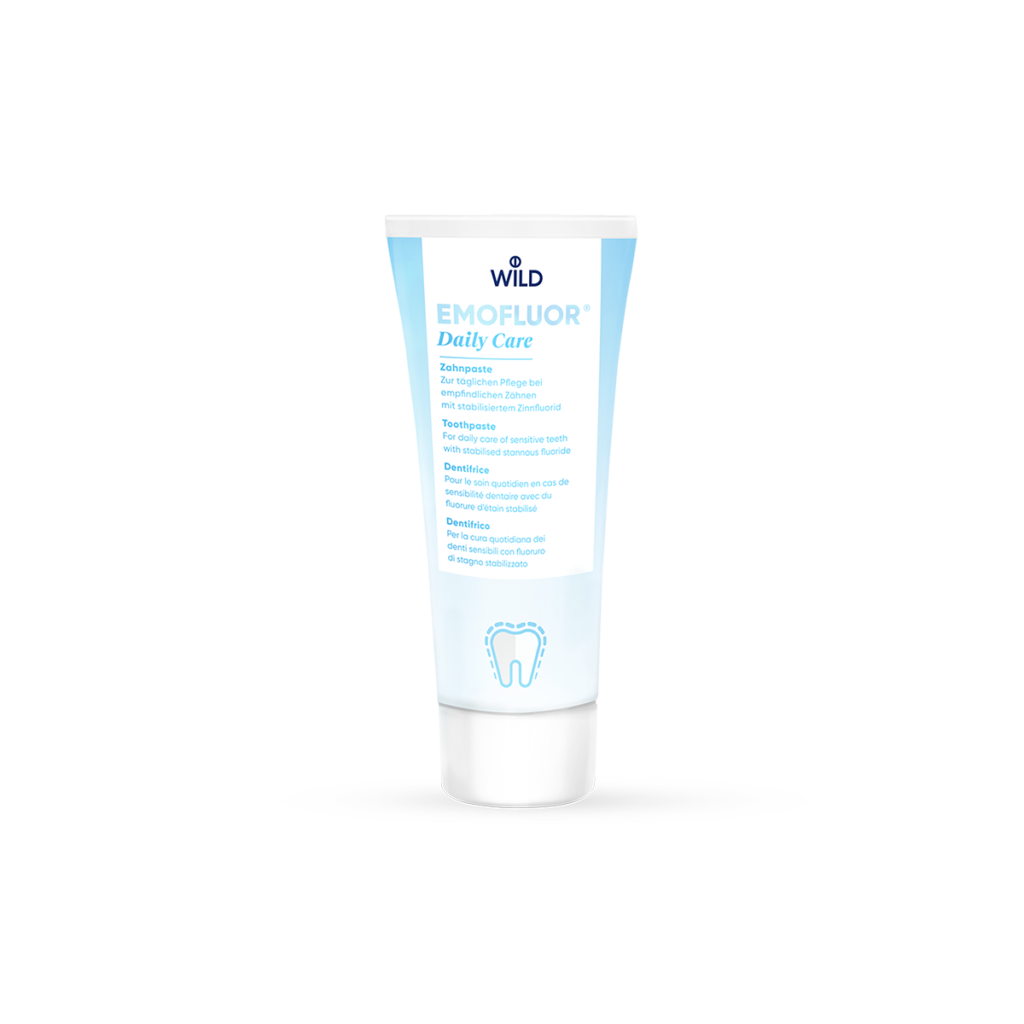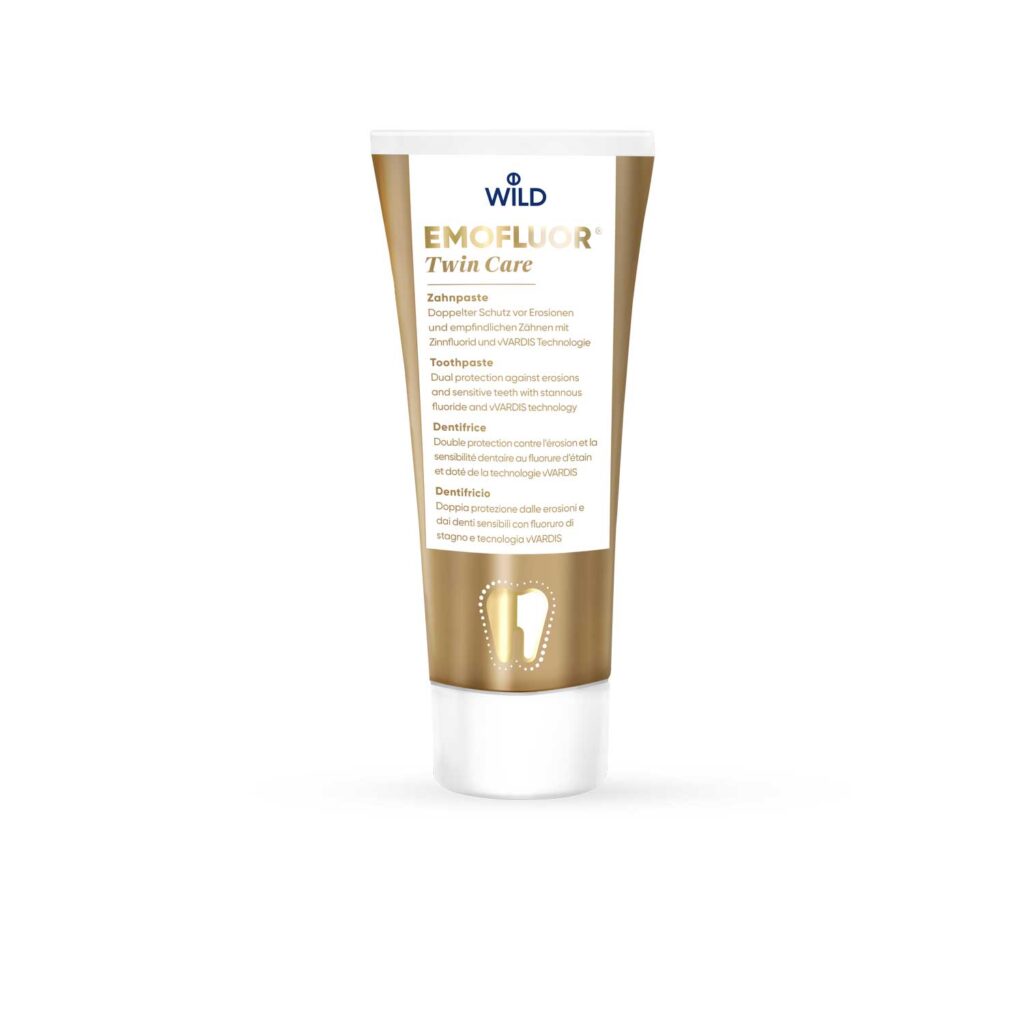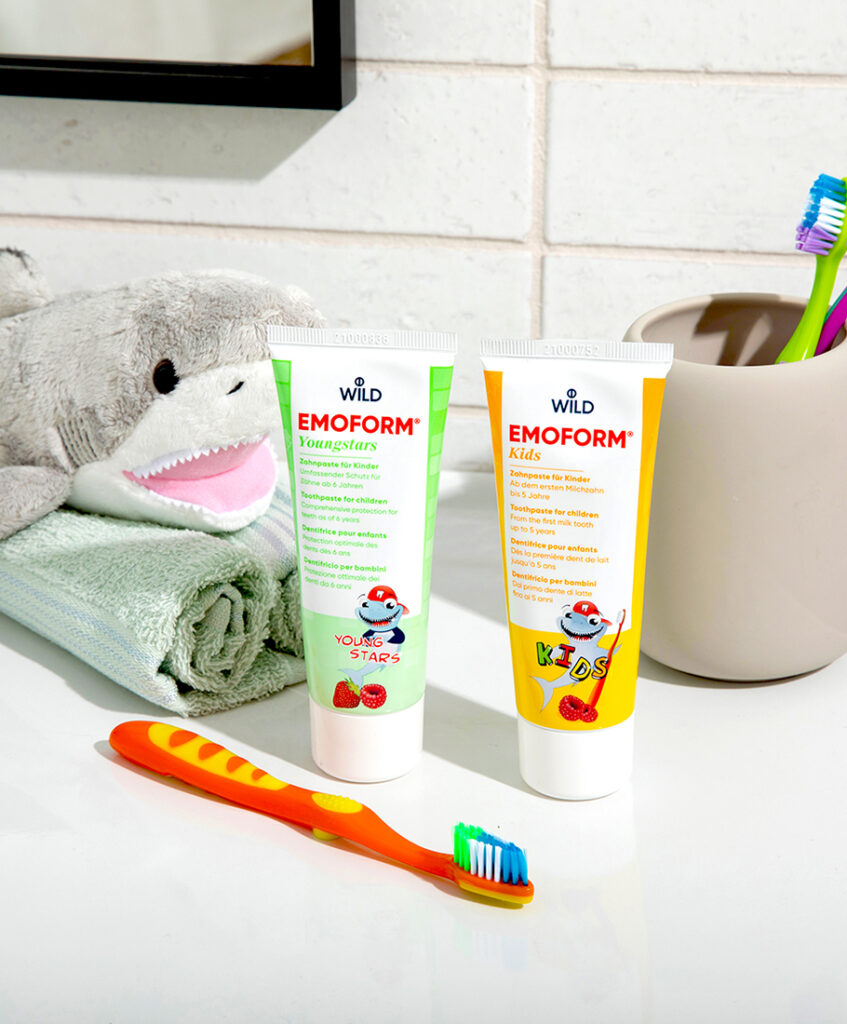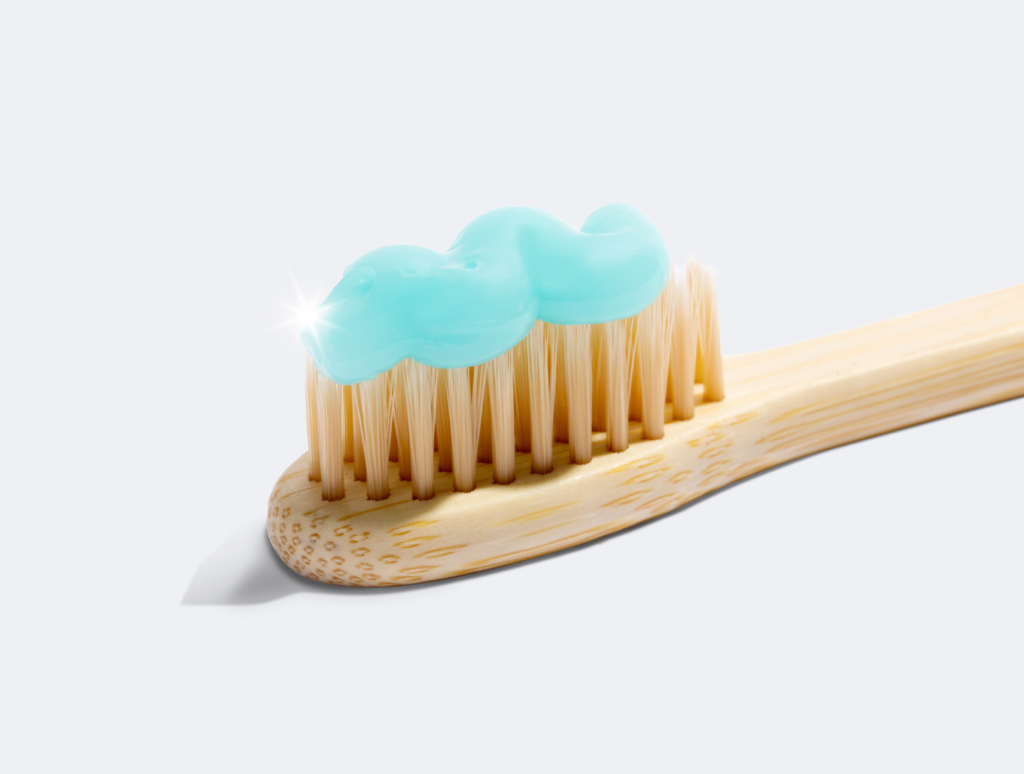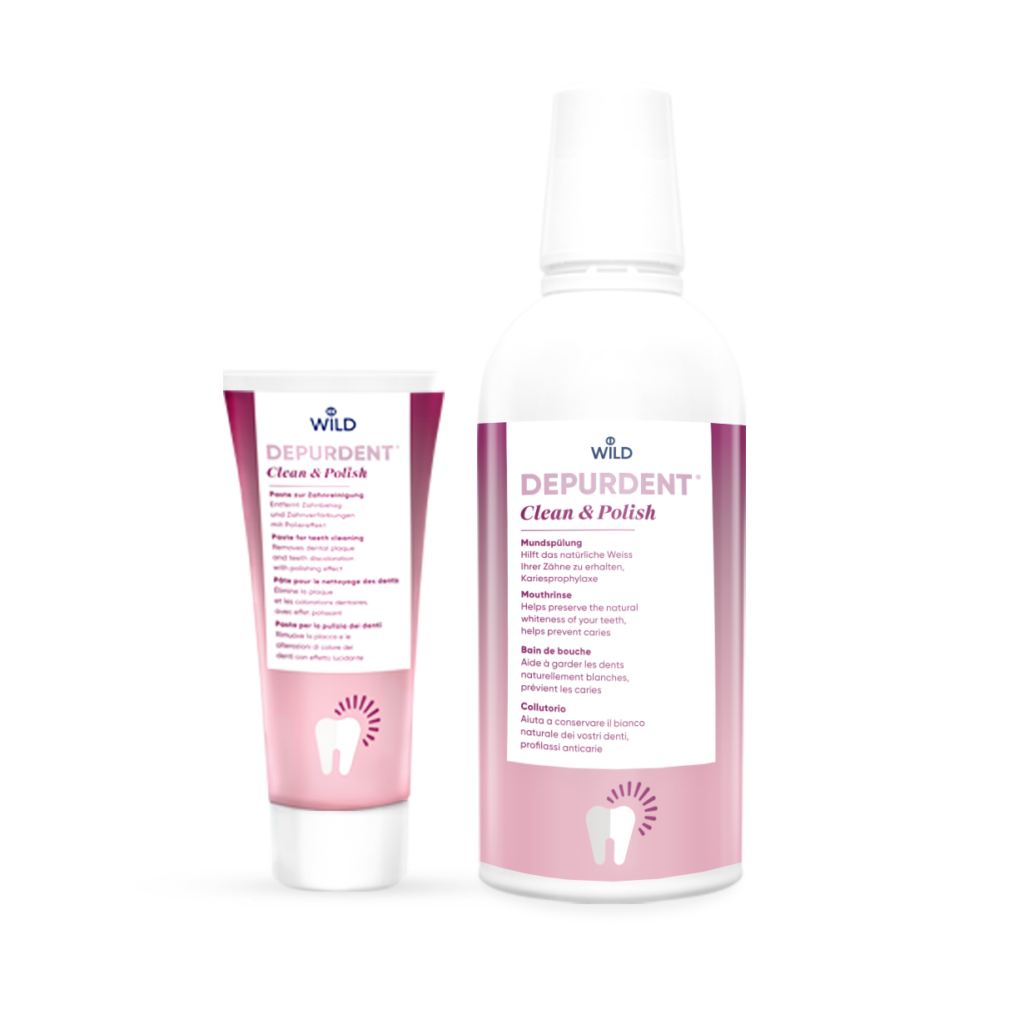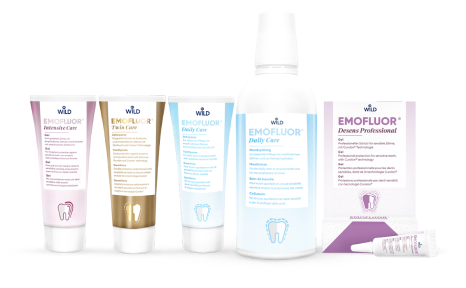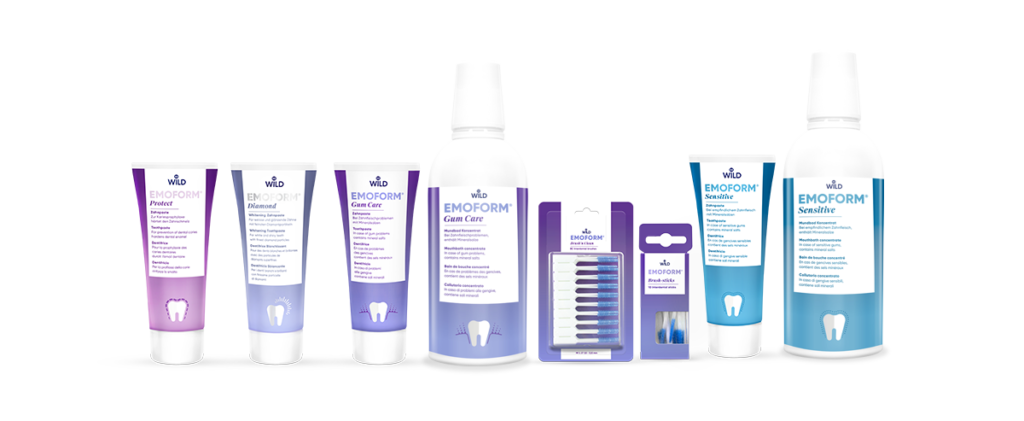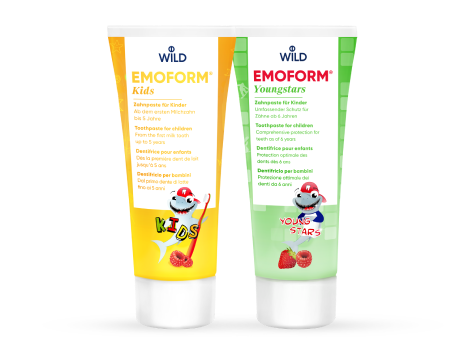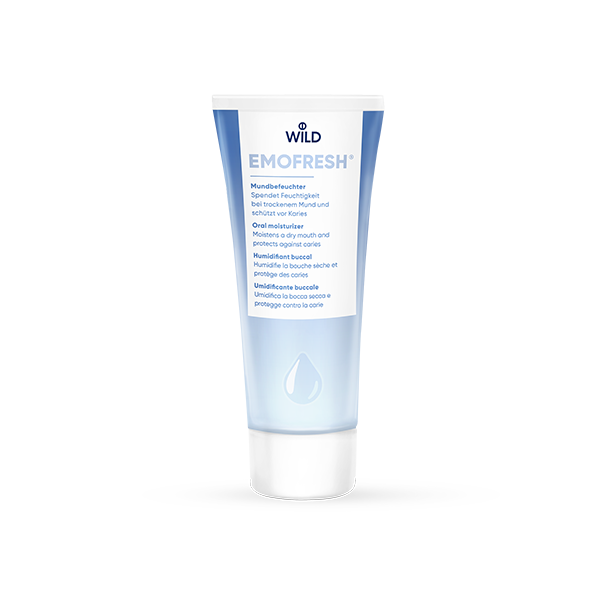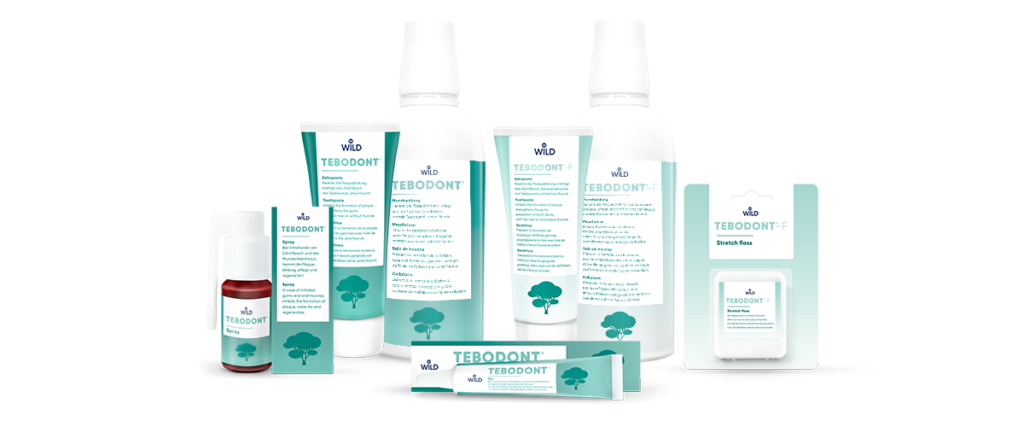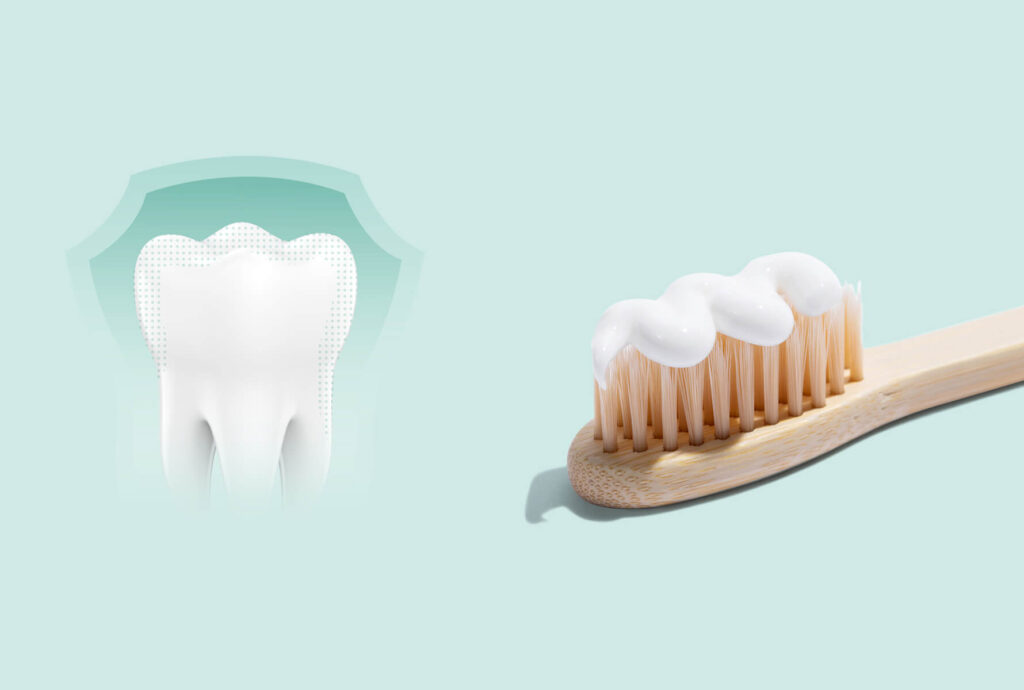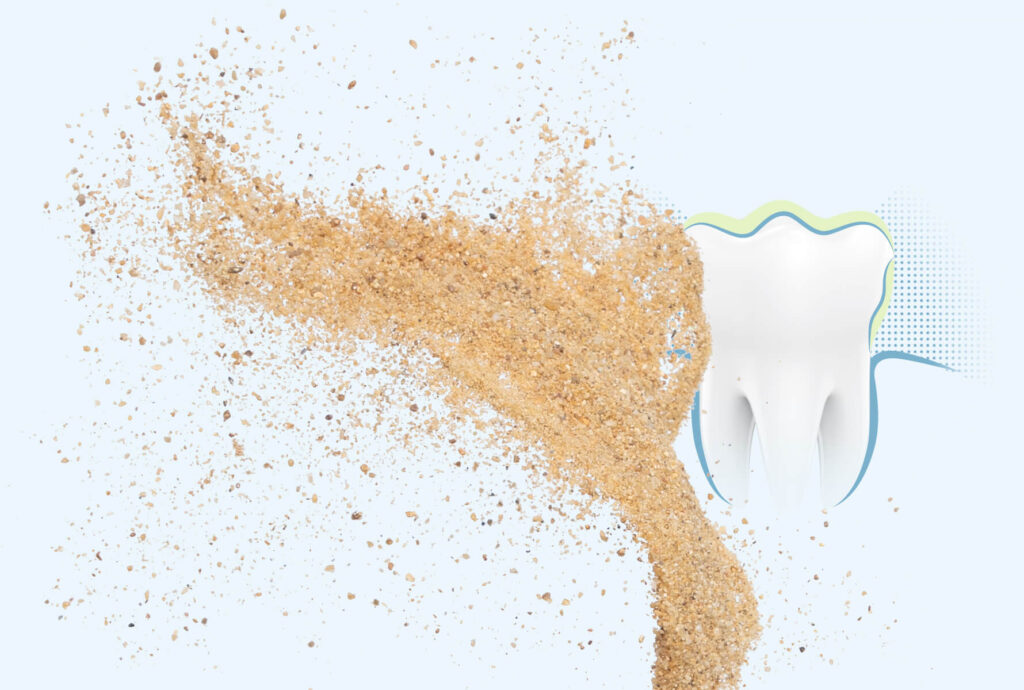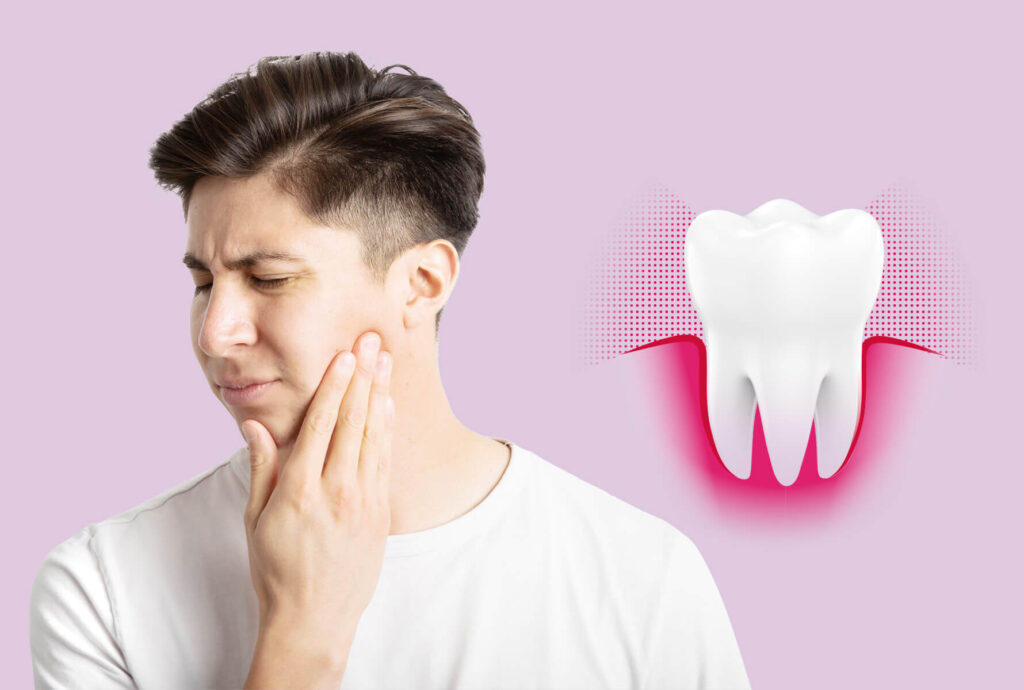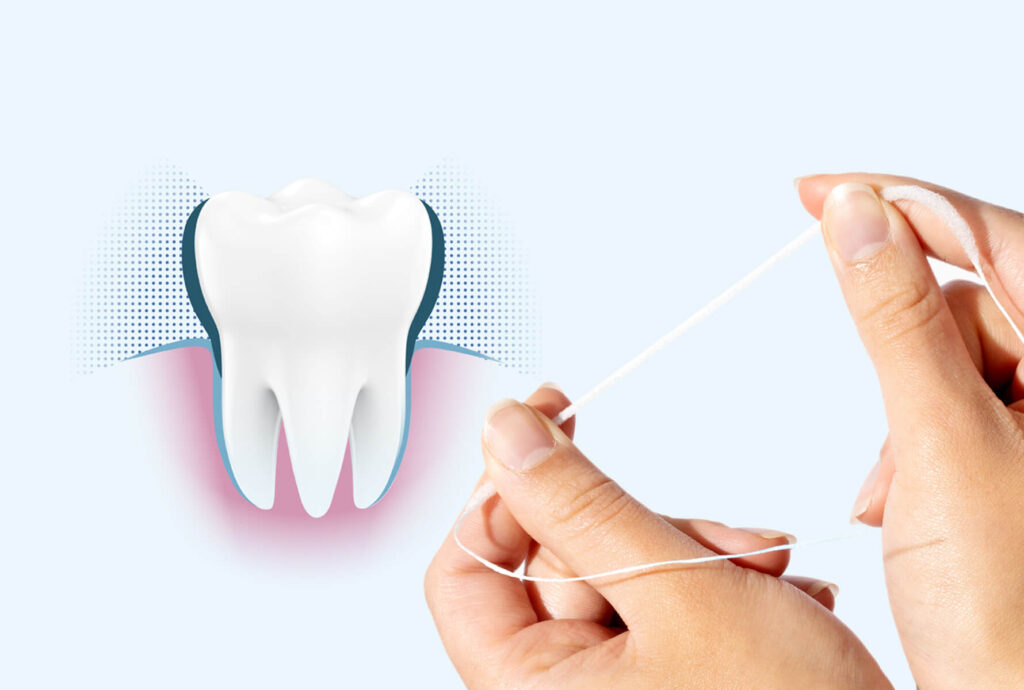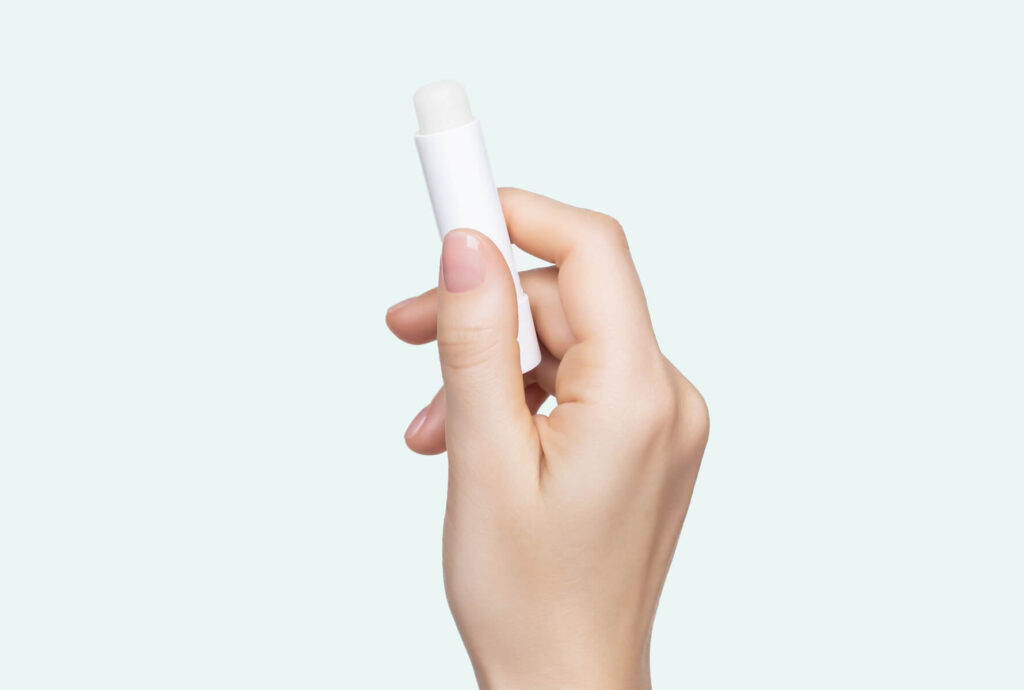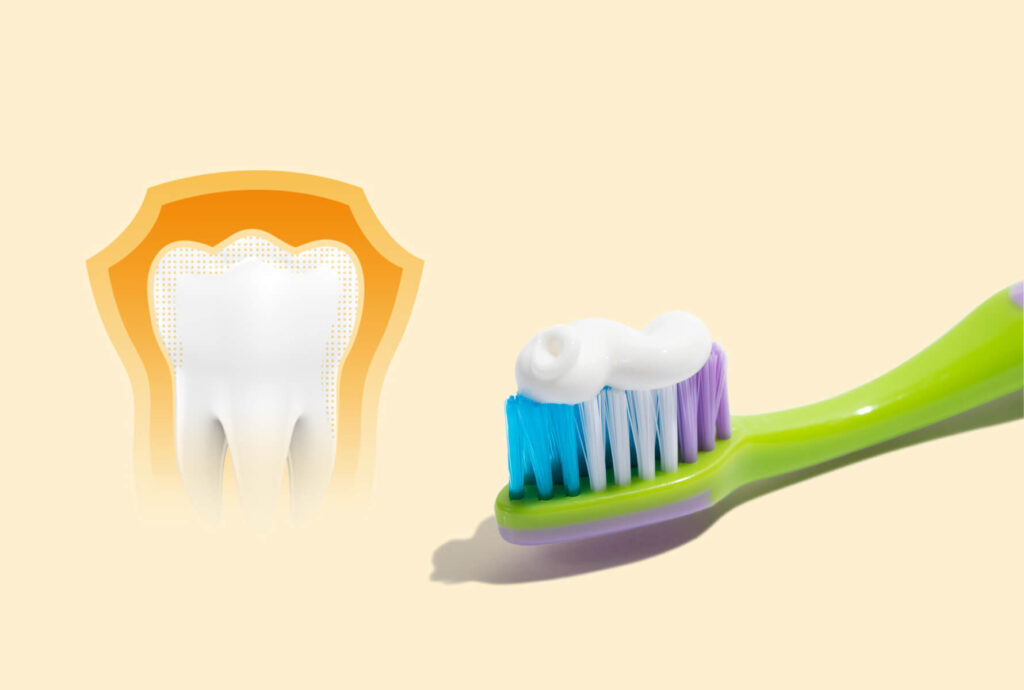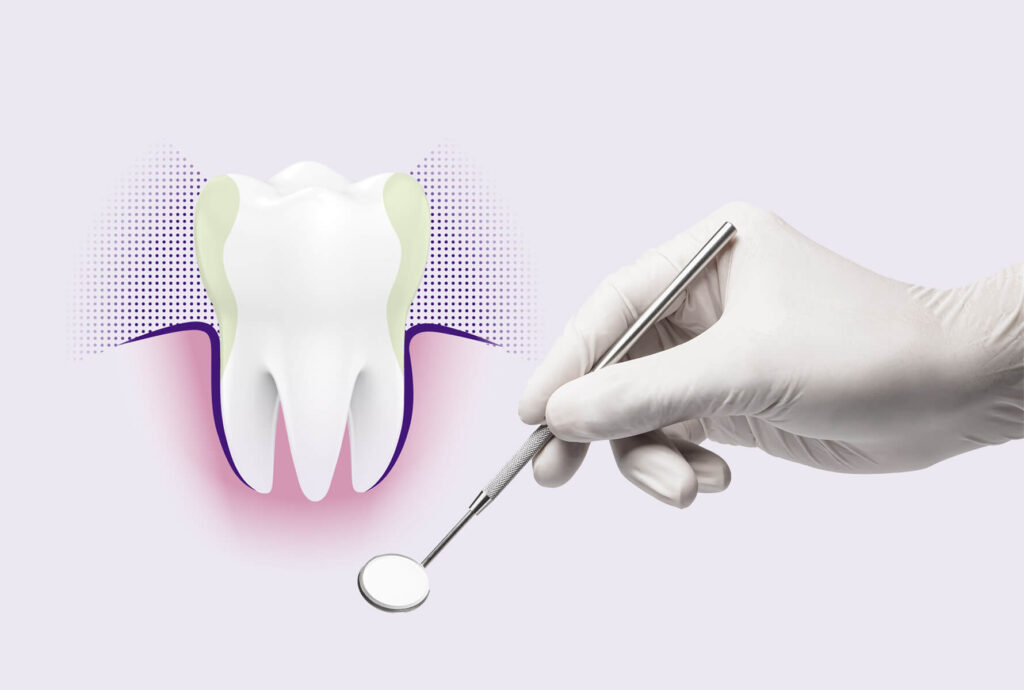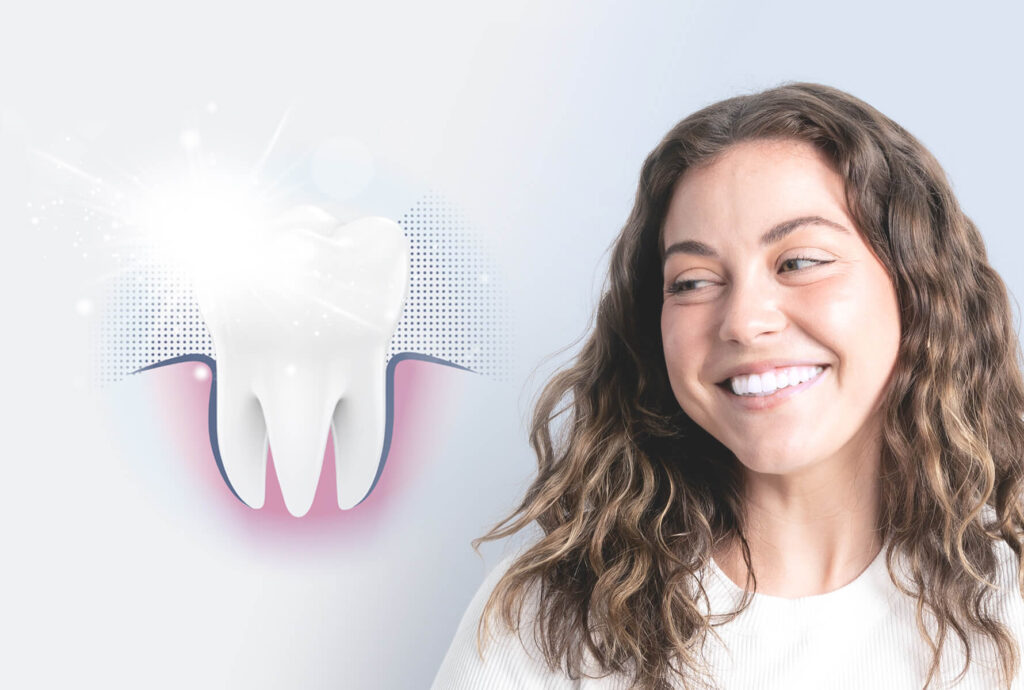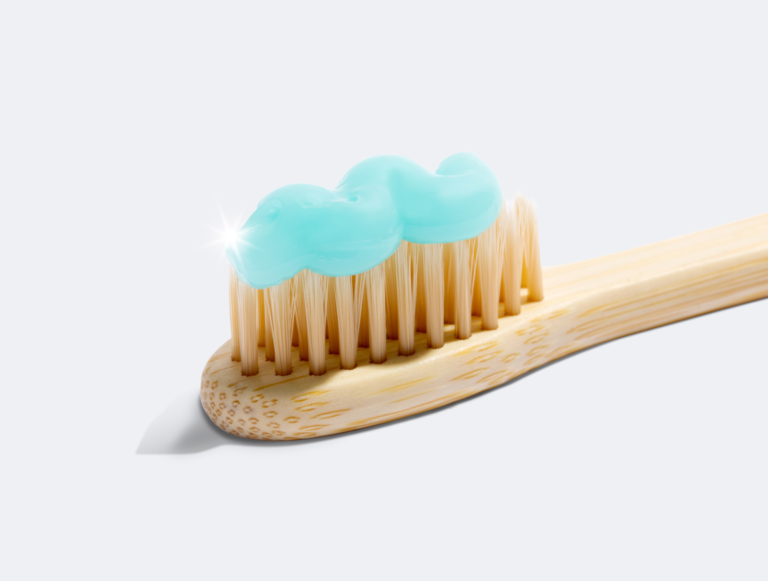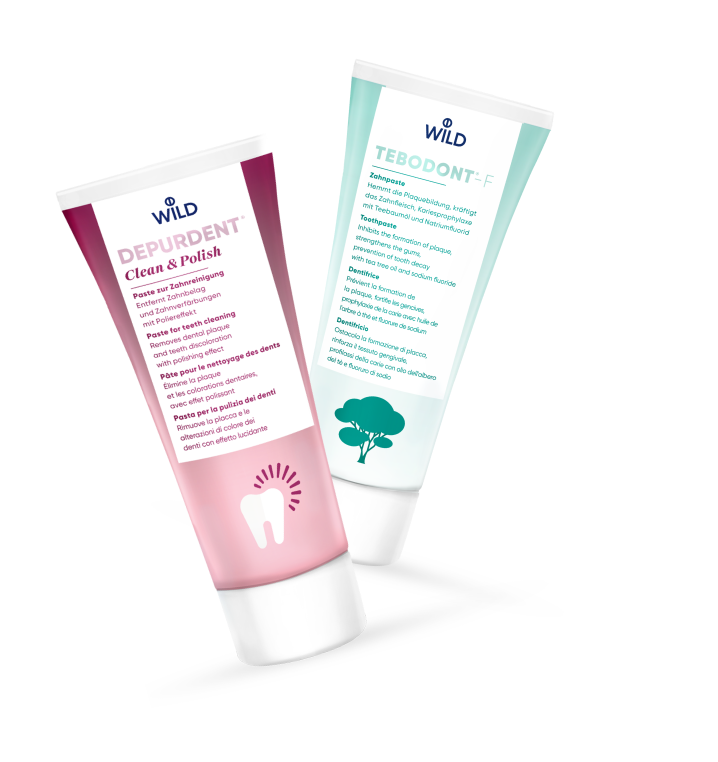Interdental brushes or dental floss: which is better?
For a radiant smile and healthy teeth, the spaces between the teeth must not be neglected.

For a radiant smile and healthy teeth, the spaces between the teeth must not be neglected. In order to achieve optimum oral hygiene and caries prevention, the removal of plaque, particularly between the teeth, plays a decisive role. The interdental spaces, which are more difficult to clean with conventional toothbrushes, represent around 30% of the tooth surface. Interdental brushes and dental floss are two popular tools for this task. In this blog, we shed light on the differences between the two methods and highlight their respective advantages and disadvantages.
What are interdental brushes?
Interdental brushes, also known as interdental brushes, are small brushes with a long handle and a row of fine bristles at one end. They are used to remove plaque and food debris from between the teeth. Interdental brushes are available in different sizes to suit different interdental spaces. For example, the EMOFORM Brush’n Clean interdental brushes in size M/L as well as in size XL, or EMOFORM Brush sticks for narrow interdental spaces.
Advantages of interdental brushes
A major advantage of interdental brushes is their ease of use. They are easy to grip and enable targeted cleaning of the spaces between teeth. In addition, interdental brushes can be used several times, which makes them a cost-effective option.
Disadvantages of interdental brushes
Due to their bristle structure, they can injure the gums if the wrong interdental brush is chosen or used incorrectly. It is therefore important to choose a metal-free brush and the right size of brush for your own interdental space. In addition, interdental brushes cannot reach all narrow spaces, especially with crowded teeth or larger fillings. In such cases, dental floss may be a better option.
What is dental floss?
Dental floss, also known as floss or dental thread, is a thin thread of waxed or unwaxed nylon that is threaded between the teeth to remove plaque and food debris. It is particularly effective for cleaning narrow spaces where interdental brushes may not fit. Dental floss is also available in different thicknesses.
Advantages of dental floss
The advantage of dental floss is that it can remove plaque below the gum line, where gingivitis often develops. Regular use of dental floss can therefore reduce the risk of gum problems and diseases.
Another advantage of dental floss is its portability. It is light and compact, making it easy to use on the go. There are also different types of dental floss, such as waxed, unwaxed or with fluoride to support caries prevention to meet individual needs.
Disadvantages of dental floss
Despite its benefits, flossing can be difficult for some people. It takes some practice and dexterity to place the thread correctly between the teeth and move it gently along the tooth surfaces without damaging the gums. In such cases, a dental floss with a threading aid can come in handy.
Interdental brush or dental floss: Which is better for me?
Personal preference is key here: the most important thing is to choose the method that you feel most comfortable with and that you can use regularly to ensure effective cleaning of the interdental spaces. Some people prefer the feel and handling of an interdental brush, while others prefer the thorough cleaning of dental floss.
Ideally, interdental brushes and dental floss should not be seen as mutually exclusive alternatives, but as complements to each other. The combination of both methods can enable a more comprehensive cleaning of the interdental spaces. For example, you can first use interdental brushes to remove larger food debris and then use dental floss to remove the remaining debris and plaque and clean very narrow interdental spaces.
Are you unsure what suits your needs better? Our product finder will help you.
Interdental brushes or dental floss: Our recommendation
Regardless of whether you choose interdental brushes, floss or a combination of both, it is important to use the correct technique and include regular interdental cleaning in your daily oral care routine. Thorough interdental cleaning helps to prevent tooth decay and gum disease and promote overall oral health.
Overall, there are advantages and disadvantages to both interdental brushes and dental floss. Choosing the appropriate method depends on individual factors such as interdental space size, personal preference and physical limitations. Remember that consistent and thorough cleaning of the interdental spaces is an important part of oral hygiene to maintain a healthy smile. Take a look at our range of interdental brushes and dental filaments now!
More articles on this topic


